Researchers detail the unusual workings of Tycoon ransomware — which appears to be designed to stay under the radar as much as possible.



Understanding of these mechanisms is critical to the development of ultracompact particle accelerators and light sources.
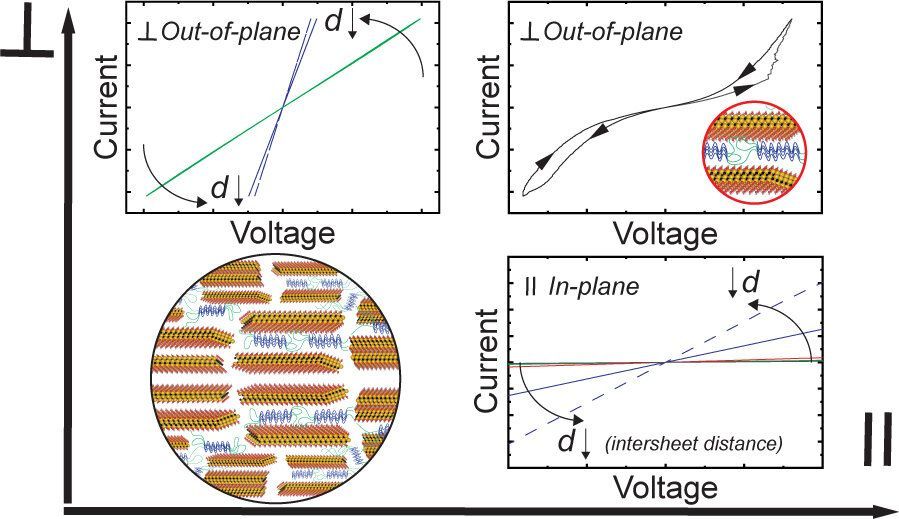
Sometimes, breaking rules is not a bad thing. Especially when the rules are apparent laws of nature that apply in bulk material, but other forces appear in the nanoscale.
“Nature knows how to go from the small, atomic scale to larger scales,” said Melik Demirel, professor of engineering science and mechanics and holder of the Lloyd and Dorothy Foehr Huck Chair in Biomimetic Materials. “Engineers have used mixing rules to enhance properties, but have been limited to a single scale. We’ve never gone down to the next level of hierarchical engineering. The key challenge is that there are apparent forces at different scales from molecules to bulk.”
Composites, by definition, are composed of more than one component. Mixture rules say that, while the ratios of one component to another can vary, there is a limit on the physical properties of the composite. According to Demirel, his team has broken that limit, at least on the nanoscale.
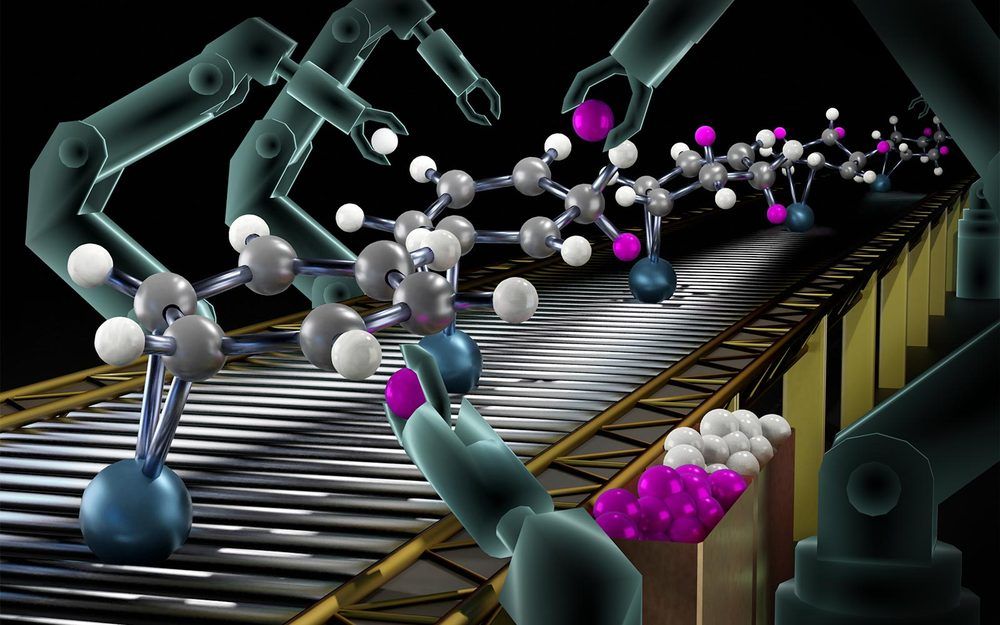
Scientists have found a new method to strategically add deuterium to benzene, an aromatic compound commonly found in crude oil. When applied to the active ingredient of drugs to incorporate deuterium, it could dramatically improve the drugs’ efficacy and safety and even introduce new medicines.
To validate the method, which was published in Nature, a team led by W. Dean Harman of the University of Virginia worked with Xiaoping Wang at the Oak Ridge National Laboratory’s Spallation Neutron Source. Wang successfully verified the exact position of deuterium atoms that resulted from the selective deuteration of benzene molecules using single crystal neutron diffraction.
“Because the high sensitivity of neutrons to hydrogen and its deuterium isotope, we were able to quantitatively assign not only the positions of the deuterium atoms at the atomic level, but also determine precisely how many were added on each side of the benzene molecule,” Wang said. “This is important in designing new therapeutic drugs.”

The current health crisis has snowballed into a world economic crisis, where every old business norm has been challenged. In such times, we cannot fall back on old ways of doing our business. Today, three technologies
Internet of Things(IoT), Artificial Intelligence (AI), and blockchain are poised to change every aspect of enterprises and our lives. Now more than ever, organisations realise the pertinent need for a robust digital foundation for their businesses as their future plans have been disrupted. “To achieve that level of business sophistication holistically it is imperative that there is a seamless flow of data across all the functions of an enterprise. That requires connected data that is secure and one that is driven by connected intelligence,” Guruprasad Gaonkar, JAPAC SaaS Leader for ERP & Digital Supply Chain, Oracle told Moneycontrol in an interview:
How is India reacting to emerging technologies as compared to other Asia Pacific (APAC) regions?
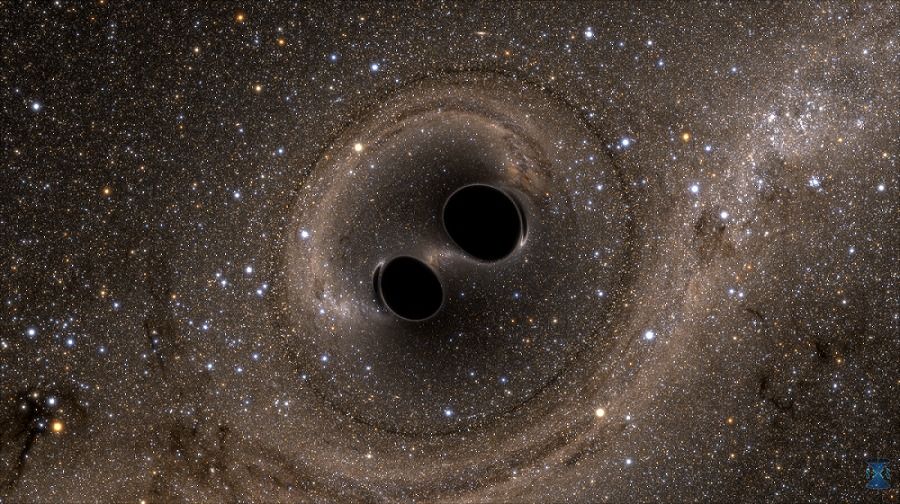
One of the most pressing questions in astronomy concerns black holes. We know that massive stars that explode as supernovae can leave stellar mass black holes as remnants. And astrophysicists understand that process. But what about the supermassive black holes (SMBHs) like Sagittarius A-star (Sgr A*,) at the heart of the Milky Way?
SMBHs can have a billion solar masses. How do they get so big?
A group of scientists at the Harvard Center for Astrophysics are trying to shed some light on that question. They’ve created a simulation as part of the Black Hole Initiative (BHI), an interdisciplinary effort at Harvard to advance the understanding of black holes.
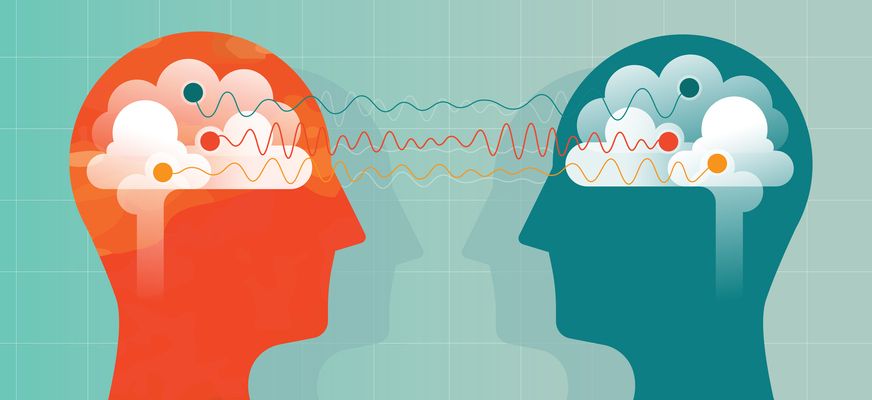


The endeavor escalates global competition for much-sought-after semiconductor technology and is intended to build on the island’s technology industry, led by major players such as key Apple Inc. suppliers Taiwan Semiconductor Manufacturing Co. and Hon Hai Precision Industry Co. Taiwan has been caught in the middle of a clash between the U.S. and China over the development of chip technology that powers everything from smartphones to 5G base stations.
Taiwan is dangling incentives to attract more than NT$40 billion ($1.3 billion) of annual investments in research and technology, creating a seven-year blueprint to safeguard the island’s lead in semiconductors and other cutting-edge fields.
As part of the initiative, the cabinet plans to allocate more than NT$10 billion to entice foreign chipmakers to set up R&D facilities locally, confirming an earlier Bloomberg News report. The government said Thursday it aims to subsidize as much as half of all research and development costs incurred by global chip companies that build centers on the island.
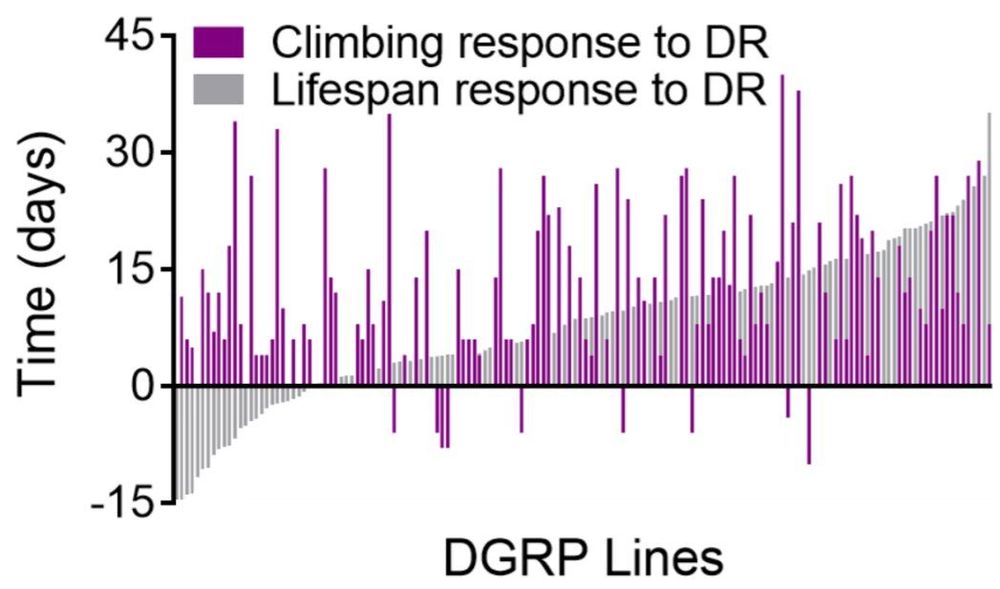
An underlying assumption of research on aging holds that dietary restriction (and drugs that mimic its effects) will slow aging to extend both lifespan and healthspan jointly. While eating a Spartan diet has been shown to robustly extend lifespan and delay age-related diseases in many species, a genome-wide analysis of 160 genetically distinct strains of the fruit fly D. melanogaster shows that lifespan and healthspan are not linked under dietary restriction. Results are published in Current Biology.
Though on average lifespan was extended and healthspan was increased, researchers from the Kapahi lab at the Buck Institute say the devil is in the details. In the study researchers measured nutrient-dependent changes in lifespan and tracked age-related changes in physical activity to measure healthspan. While 97 percent of strains showed some lifespan or healthspan extension in response to dietary restriction, only 50 percent of strains showed a significantly positive response to dietary restriction for both. Thirteen percent of the strains were more vigorous, yet died sooner with dietary restriction; 5 percent lived longer, but spent more time in poor health. The remaining 32 percent of the strains showed no benefits or detriments to lifespan or healthspan, or negative responses to both.
“Dietary restriction works, but may not be the panacea for those wanting to extend healthspan, delay age-related diseases, and extend lifespan,” said Pankaj Kapahi, Ph.D., Buck professor and senior author on the paper. “Our study is surprising and gives a glimpse into what’s likely going to happen in humans, because we’re all different and will likely respond differently to the effects of dietary restriction. Furthermore, our results question the idea that lifespan extension will always be accompanied by improvement of healthspan.”